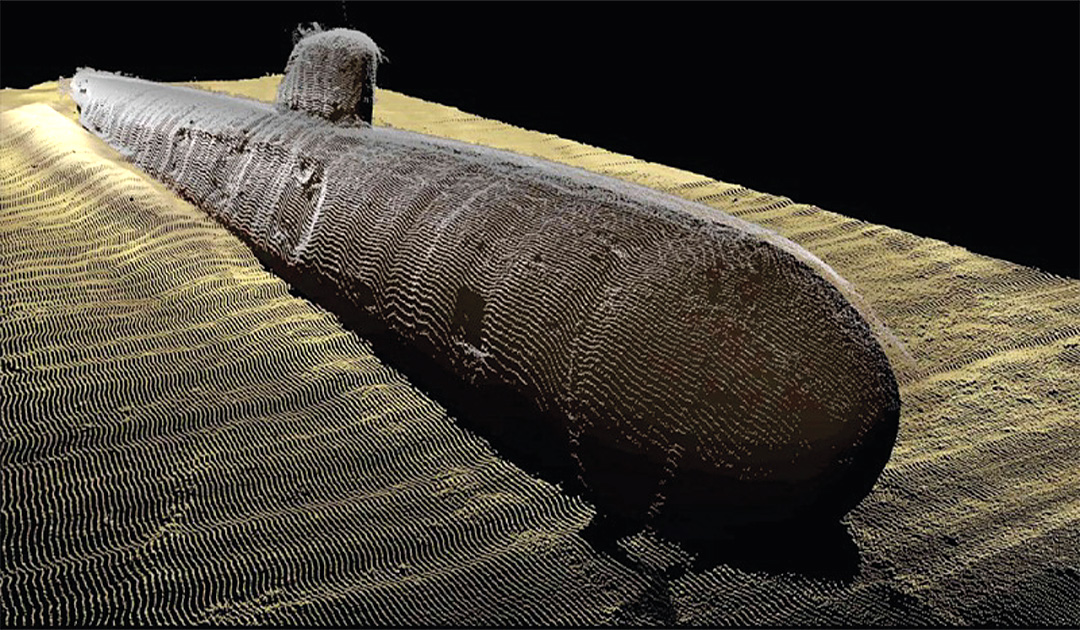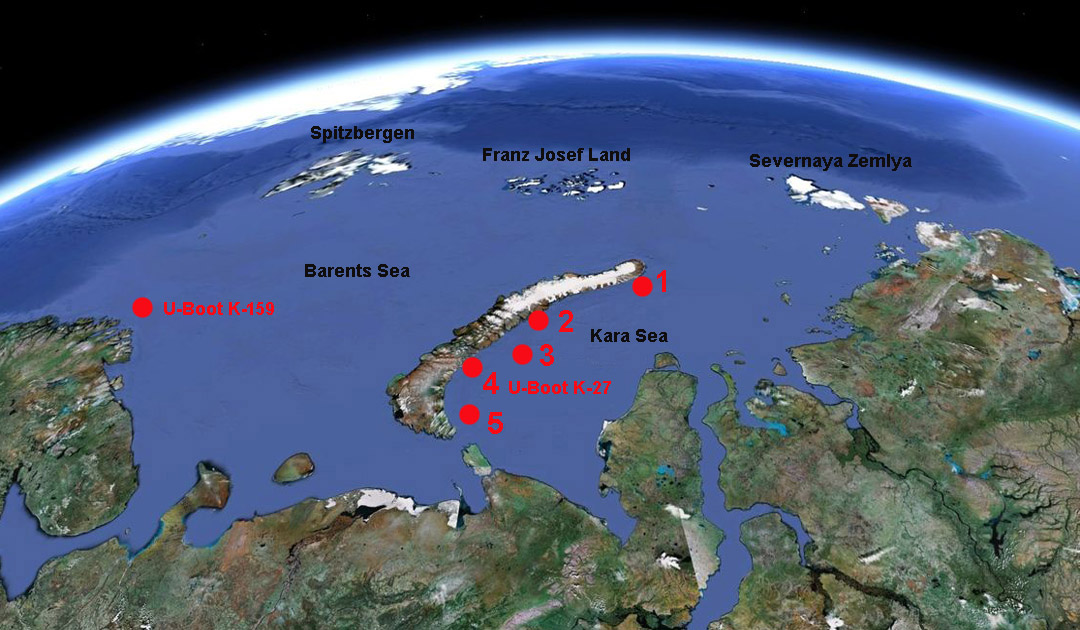
Over the next eight years, ROSATOM plans to lift six of the most radiation-hazardous objects from the bottom of the Kara and Barents Seas. This includes parts of an icebreaker, nuclear submarines and spent nuclear fuel. These objects are a small part of the objects in the Russian Arctic, but they produce 90% of the radiation background. This was reported by the Russian news agency TASS.

The problem of nuclear waste has existed since the Soviet era, with nuclear waste sunk in the Arctic between the late 1960s and the late 1980s. After the arms race, nuclear weapons and the nuclear fleet had to be disposed of. To solve this problem, several bases were established in the Murmansk region, especially in Andreeva Bay, Saiga Bay and near the village of Gremikha.
According to research estimates, about 95% of the 18,000 objects sunk have naturally returned to a stable state. They are silted up and the gamma radiation in their immediate vicinity corresponds to the natural level. The remaining 5%, about 1,000 objects, emit a higher level of gamma radiation.

2: 2 reactors without spent nuclear fuel and 60% of the nuclear fuel of the icebreaker Lenin in containers
3: 6 reactors with uranium, 10 without nuclear fuel, 11,000 containers with radioactive waste
4: Submarine K-27 with two reactors
5: 3 reactors with and 3 without nuclear fuel
Two entire submarines
The list of objects includes the reactors of the submarines “K-11”, “K-19” and “K-140” and spent nuclear fuel from the reactor of the former icebreaker “Lenin”.
In addition, two complete submarines will be lifted, the “K-27” from the Kara Sea and the “K-159” from the Barents Sea. While the first mentioned submarine was deliberately sunk by the Soviet authorities in 1982, the “K-159” sank in 2003 during a towing operation.
The “K-27” is located at 33 meters depth east of the archipelago Nowaja Semlja. It has been described by experts as a possible radioactive ‘time bomb’. The “K-159” is located at 238 meters depth off the coast of the Kola Peninsula.
The six objects represent more than 90 percent of the sources of radioactivity dumped into the sea, Rosatomexplains.

Expensive operations
The lifting of hazardous nuclear waste will not only be technically difficult but also very expensive. A recent report prepared for
For the operation with the “K-159” alone, the costs are estimated at 57.5 million euros. Lifting the “K-27”, transporting it to a shipyard for decommissioning and long-term storage in the Saida Bay, will cost 47.7 million euros, the report says.
According to Rosatom experts: “Even an extremely low probability of radioactive material escaping from these facilities is an unacceptable risk to Arctic ecosystems. We consider it necessary to recover all six objects, including the submarines “K-159” and “K-27″. The lifting of all six objects, their safe transport to the disposal site and their preparation for long-term storage will take at least eight years”.

The opinion of Russian and European ecologists
The research data on which Rosatom relies were obtained at the end of 2019 on the basis of the work of an international consortium including the Italian company Sogin, the Norwegian Radiation Safety Authority DSA, the British company Nuvia and the German EWN. The technical and economic evaluation of the Action Plan for the Management of Submerged Radiation Hazardous Objects was carried out in the Kara and Barents Seas.
Based on the results of modelling the danger of all the listed objects, the consortium concluded that “these objects are currently only potentially dangerous and do not pose a real threat” and also recommended lifting the two submarines K-159 and K-27. Moreover, according to an international group of scientists, it is currently sufficient to monitor the situation constantly.
Heiner Kubny, PolarJournal





